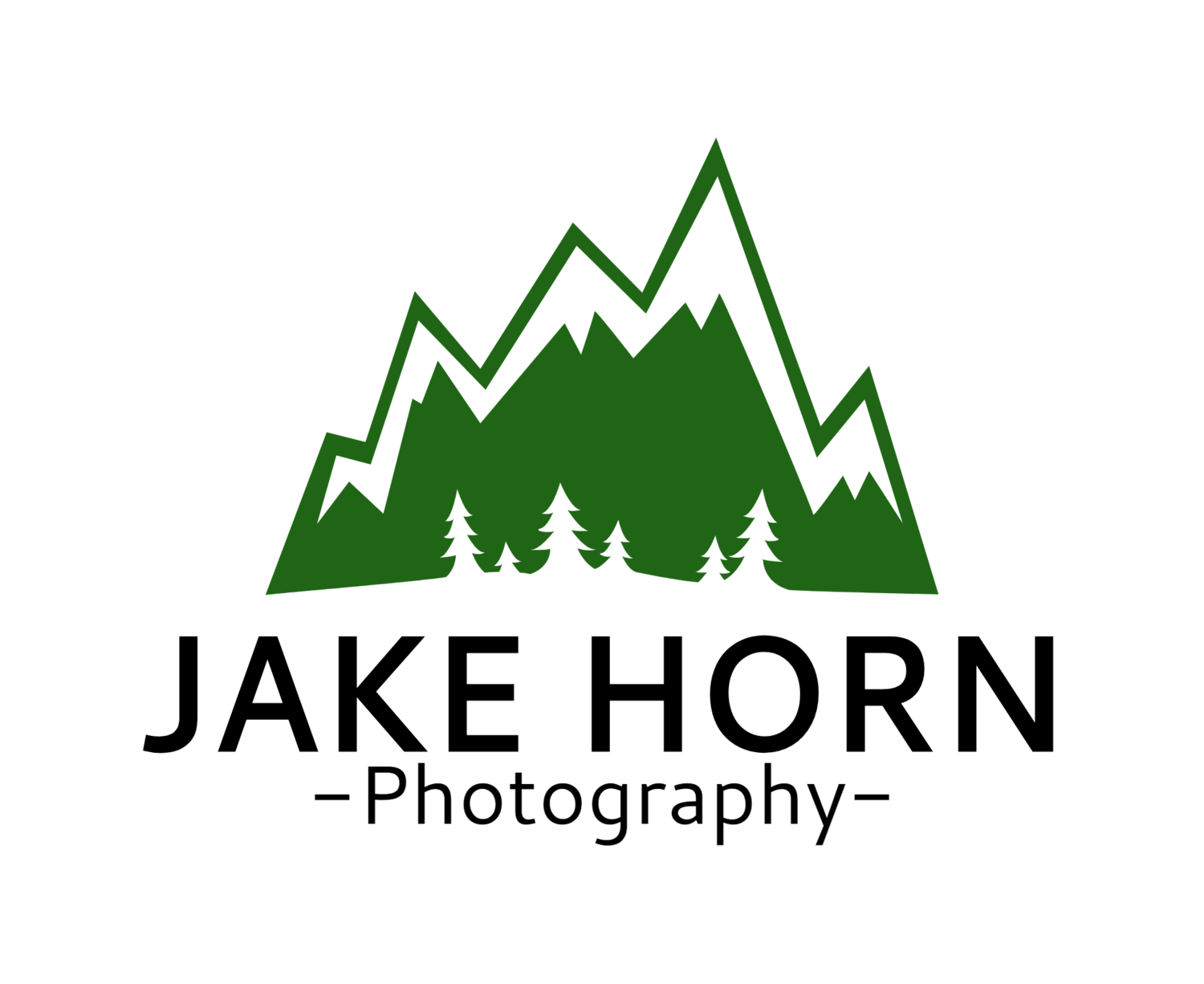Not many people shoot with film professionally anymore and even less get their photos drum scanned. Most film photographers are perfectly content with scanning on Epson flatbeds, and they should be. For most shots, a V500 or V850 at 2400dpi works great for Instagram, Facebook, and moderate size prints. But for those few magical shots, a little something extra is required.
Due to the cost of drum scanning, most people rule it out. But if you capture a truly remarkable photo worthy of printing at 30x40 inches, then only a professional scan will do it justice. I recently got back a handful of negatives that I had drum scanned so that I may update my portfolio. The resolution is of course much better, allowing for big prints, but the tonality of the scans are leaps and bounds better than anything I could have done at home. I'll use my shot of an unnamed waterfall in the Smokey Mountains as an example.
Shot on Ektar 100 - Scanned by Epson V600 Flatbed
I have always enjoyed this shot, yet have always struggled to get my flatbed scan to match the original scene. This was shot on Ektar 100 and has ample dynamic range. Many different scans and a lot of work in Lightroom was required to get the highlights and shadows balanced. It's a shot that I'm happy with, but has always left me wishing for more.
Scanned with Heidelberg Drum Scanner by West Coast Imaging
The drum scan really brings out the little extra that turns this shot around. The tones come alive with less than a few minutes in Lightroom adjusting curves. The file delivered by West Coast Imaging is a 617MB TIFF at 12583x8578 pixels (3800dpi). It's a massive file, and requires a bit of computing power to keep a desktop from slowing down. Usually a quick levels adjustment is needed since WCI scans negatives to capture the most information possible in the file. This translates to a slightly flat scan which requires minimal tweaking in your photo editor of choice.
As you can see from the crops, the drum scan (right), really shows how the detail, contrast, and color is far better than the Epson scan. In fact, I think that the drum scan really offers much more in the way of color and exposure latitude than just resolution.
Drum scans are absolutely not required for 99.5% of your shots, but for those few images that will grace a wall or portfolio, I think they are essential. If anything, try one out and see if the improvement is right for you. Just make sure that you have a sharp shot because more resolution will only enhance soft edges.




